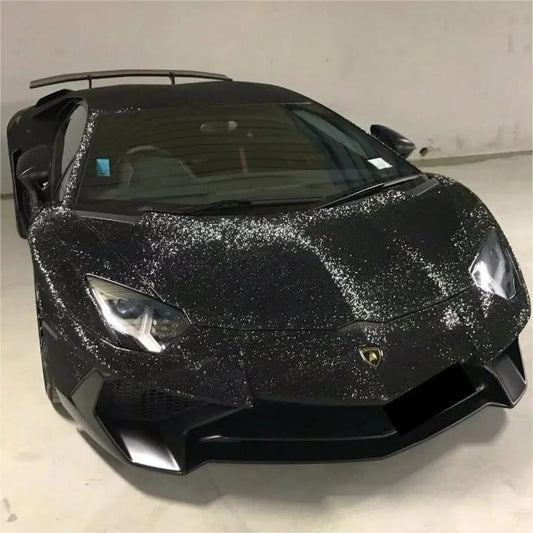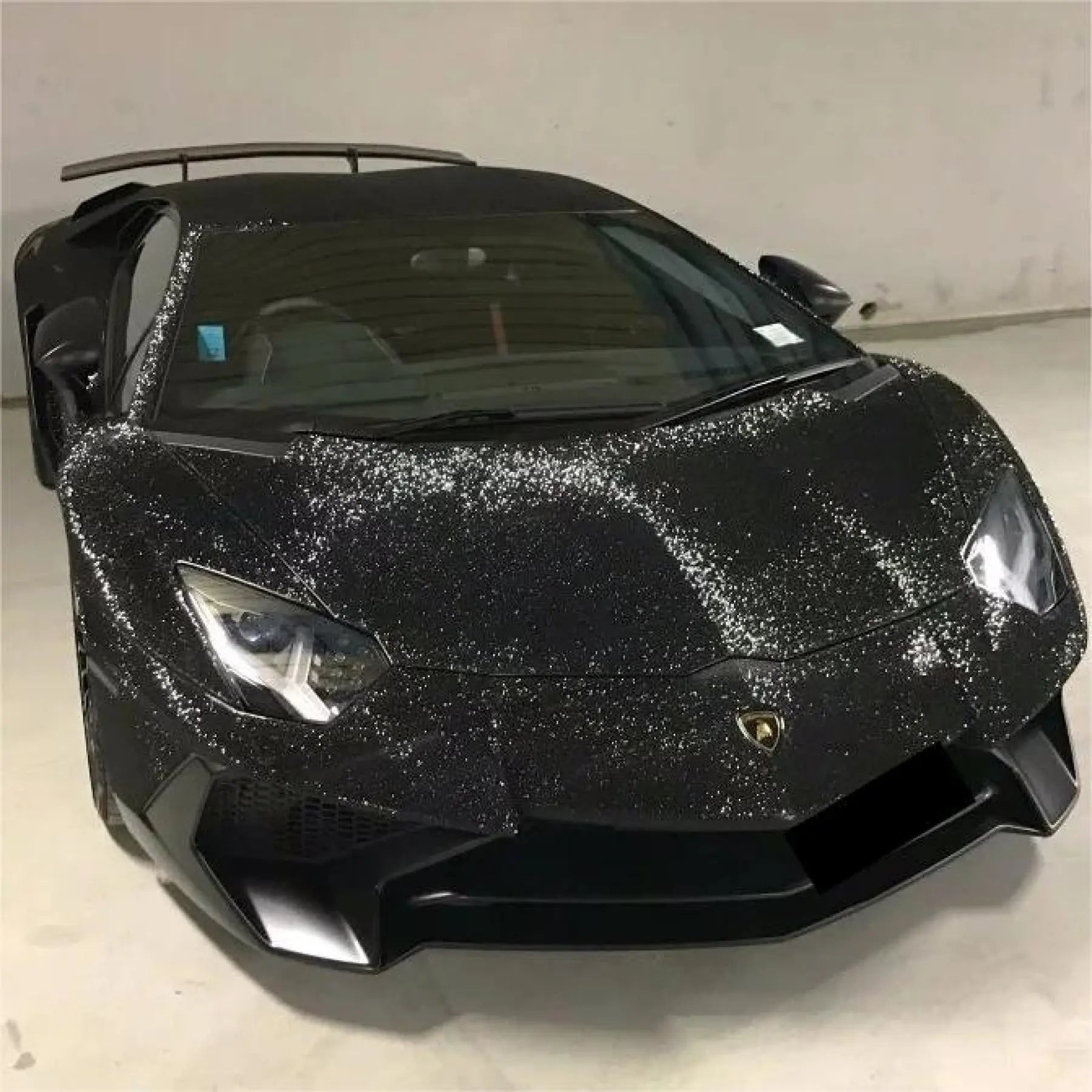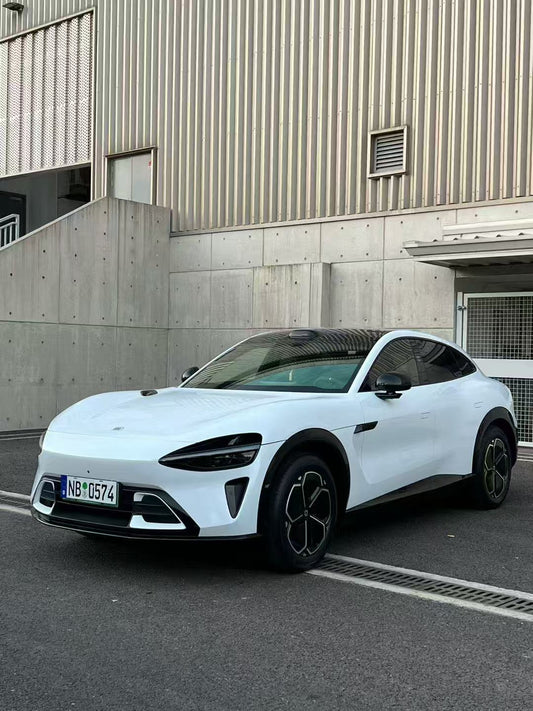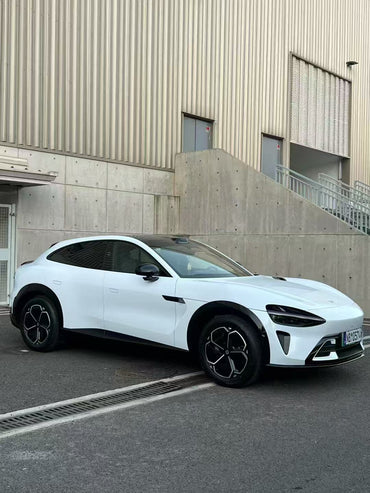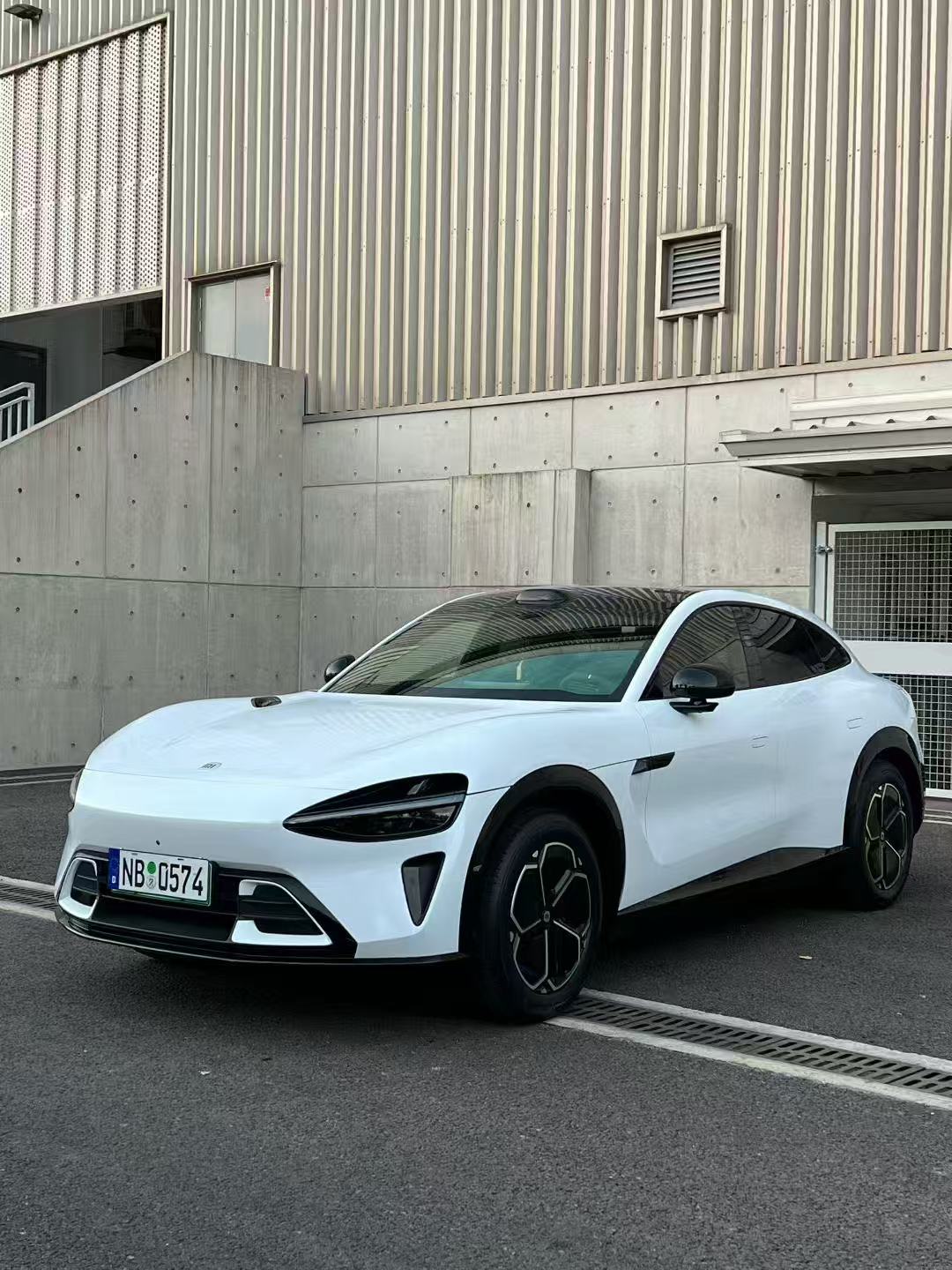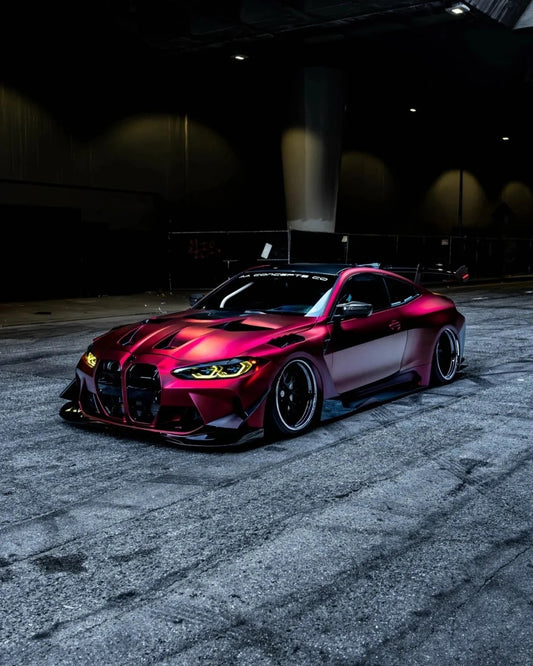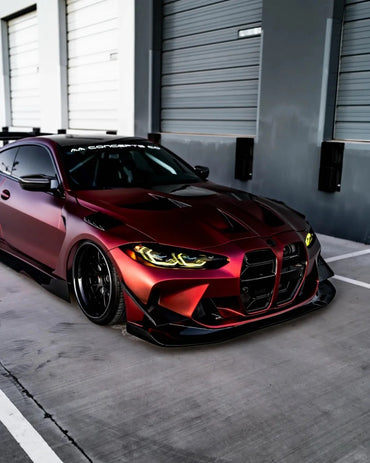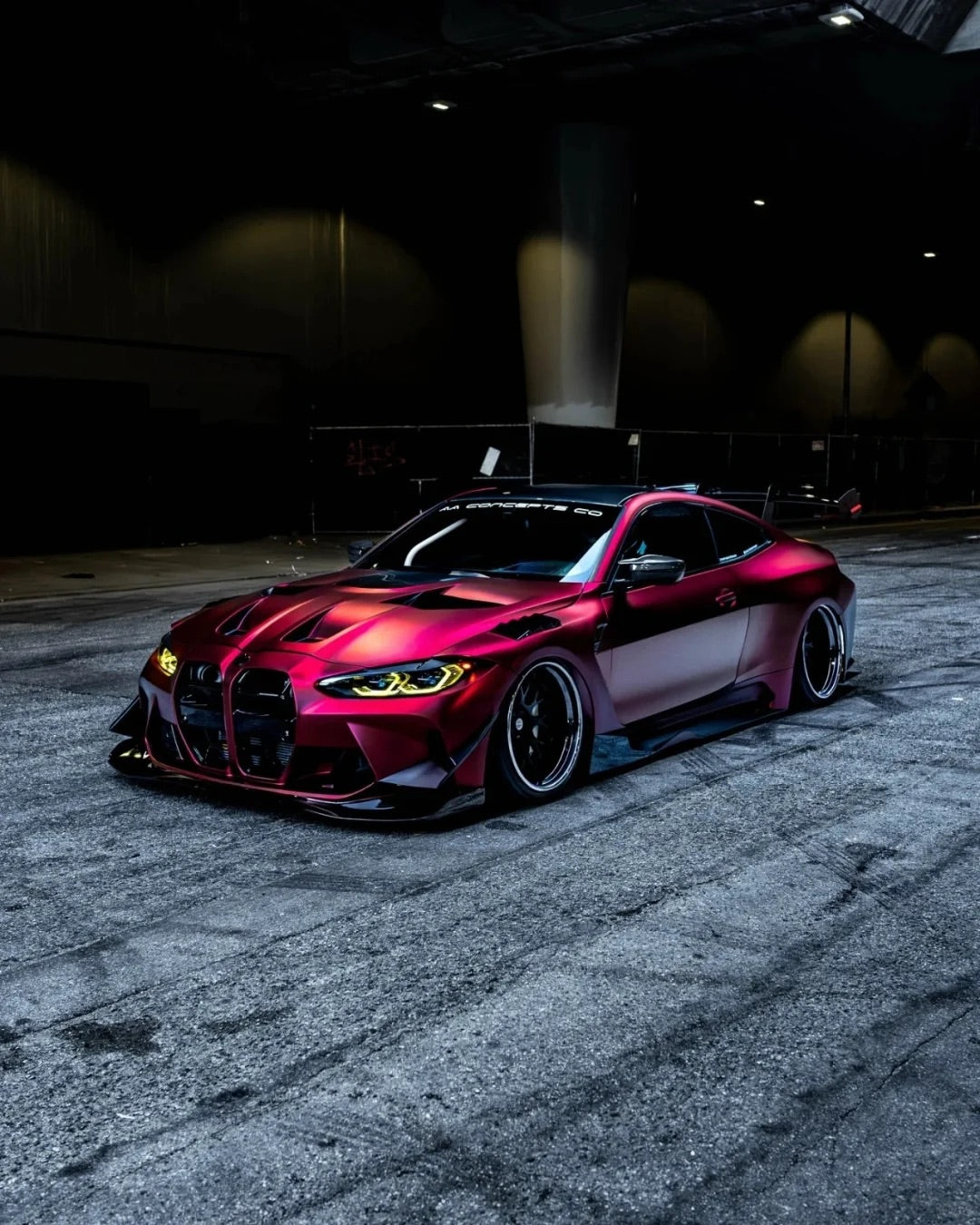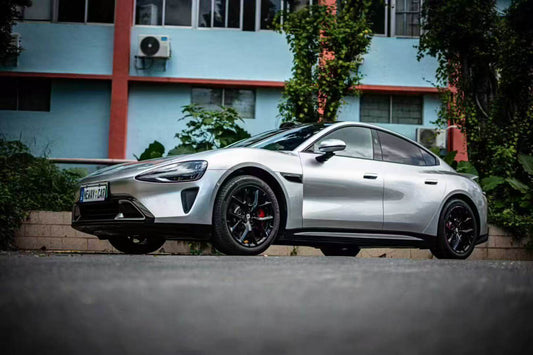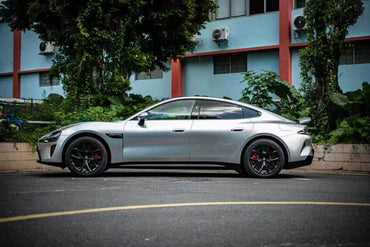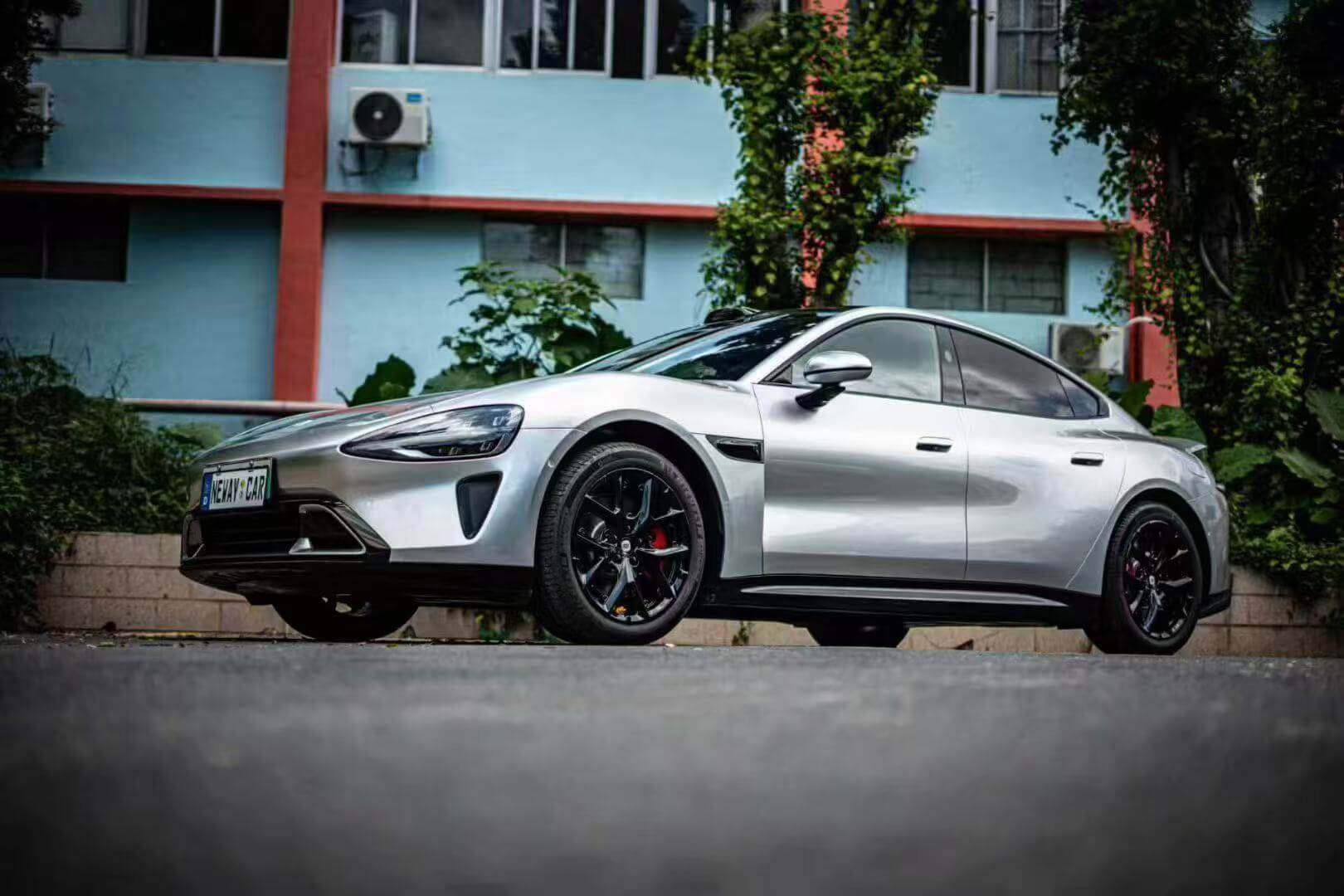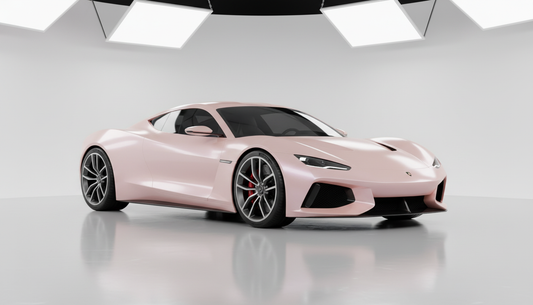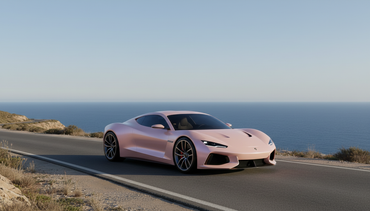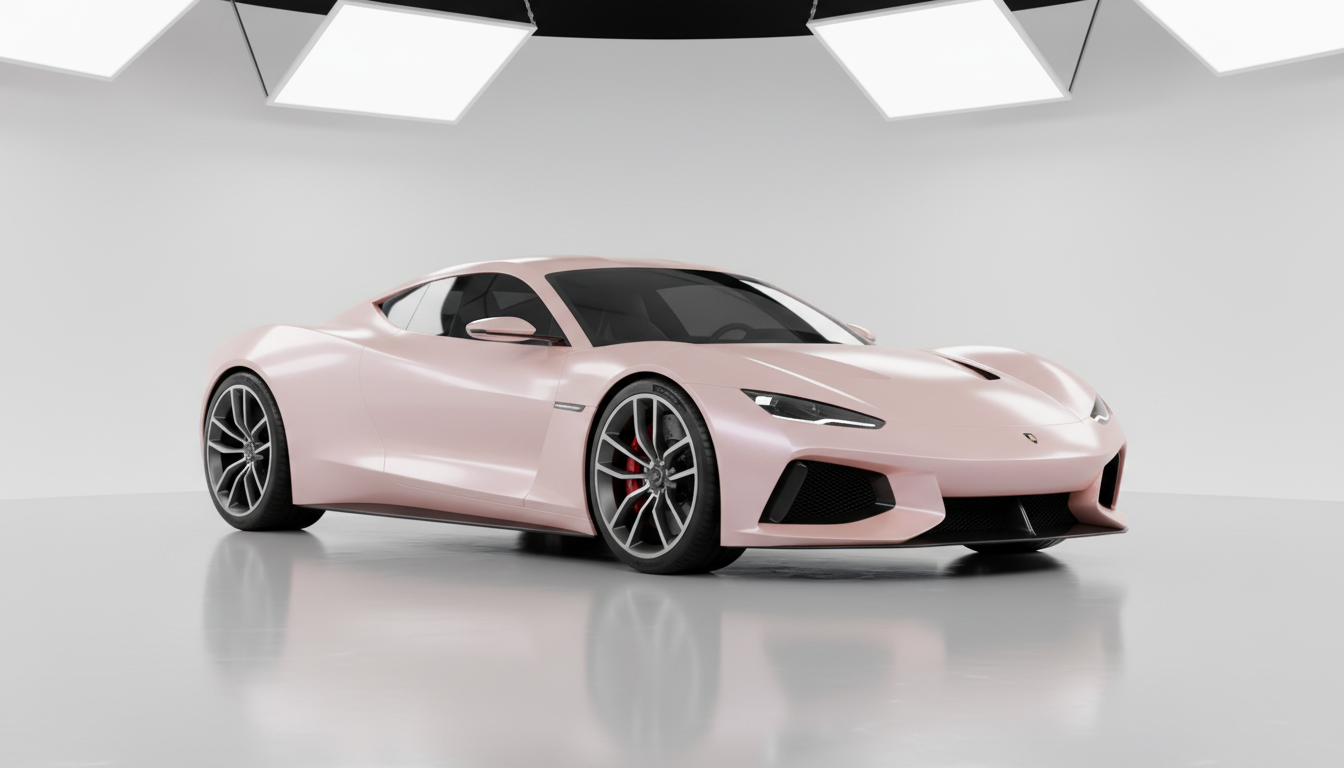The Science Behind Vinyl Wrap Temperature Requirements
Professional installers agree that the ideal temperature for car wrap installation is between 20°C and 25°C (68°F to 77°F). This ambient temperature range ensures your car vinyl wrap maintains optimal flexibility and adhesion properties throughout the installation process.
Three Critical Temperatures for Professional Results
Understanding the three essential temperature stages is crucial for successful vinyl wrap installation:
1. Ambient Temperature (68-77°F / 20-25°C) The ideal temperature for a wrap is between 20 and 25 degrees Celsius. This controlled environment ensures your ultra-matte wrap or liquid chrome wrap behaves predictably during installation.
2. Stretching Temperature (104-140°F / 40-60°C) The temperature for stretching varies between 40 and 60 degrees. Heat guns are used to reach this temperature for conforming vinyl around complex curves, perfect for intricate installations involving 3D carbon fiber wrap or dual color dream vinyl wrap.
3. Memory Breaking Temperature (194-212°F / 90-100°C) The third temperature is the temperature at which we break the memory of the vinyl. This final heating stage ensures your colored paint protection film won't shrink back to its original shape over time.
Ideal Conditions for Car Wrap Application
Indoor vs. Outdoor Installation
Indoor Installation Benefits:
- Temperature control between 60-80°F (15-27°C)
- Protection from wind, dust, and UV exposure
- Consistent humidity levels
- Better lighting for precision work
A professional vehicle wrap company will install car wraps in a facility that is dry and temperature controlled. This controlled environment is especially important when working with specialized products like tpu paint protection wrap or crystal vinyl wrap.
Outdoor Installation Challenges:
- Temperature fluctuations affect vinyl flexibility
- Direct sunlight can overheat surfaces
- Wind interference during application
- Dust contamination risks
Optimal Environmental Conditions
For professional results with your metallic vinyl wrap or rainbow laser vinyl wrap, maintain these conditions:
- Temperature: 60-80°F (15-27°C)
- Humidity: 50-70% relative humidity
- Air Quality: Dust-free environment
- Lighting: Adequate illumination to spot imperfections
Seasonal Installation Tips for Different Vinyl Types
Spring Installation (March-May)
Spring offers ideal conditions for most vinyl wrap installations:
- Moderate temperatures perfect for white wraps, black wraps, and silver wraps
- Lower humidity than summer months
- Stable weather patterns
- Ideal for sample kits testing and color selection
Summer Installation Considerations
If the vinyl wrap material, as well as the vehicle and workspace, are too cold, the wrap vinyl will become stiff and difficult to properly conform to the shape of the vehicle. However, summer heat presents different challenges:
- Morning installations: Start early when temperatures are cooler
- Shade requirements: Essential for grey wraps, brown wraps, and dark colors
- Heat management: Critical for orange wraps, yellow wraps, and light-reflecting finishes
Fall and Winter Installation
The recommended ambient temperature of the installation area is between 59°F – 95°F (15°C – 36°C). Temperatures below this cause the film to become 'stiff' or 'brittle'.
Cold Weather Solutions:
- Pre-heat vehicles and vinyl materials
- Use heated workshops for pink wraps, green wraps, and blue wraps
- Extended warm-up periods for red wraps and purple wraps
- Additional heat application during stretching phases
Temperature Effects on Different Wrap Materials
Premium Vinyl Materials Response
Different Sailifilm products respond uniquely to temperature:
Paint Protection Films: Temperature-sensitive materials requiring precise heat control Metallic Finishes: Expand and contract more than standard vinyl Matte Textures: Less forgiving to temperature variations Carbon Fiber Patterns: Require consistent heat for proper texture alignment
Color-Specific Temperature Considerations
Dark colors like black wraps absorb more heat, potentially reaching surface temperatures of 150°F+ in direct sunlight. Light colors such as white wraps reflect heat but may show contamination more readily in challenging installation conditions.
Professional Installation Techniques by Temperature
Heat Gun Applications
When you do a wrap, you don't want to expose the car to direct sunlight before the vinyl polymerises. Professional techniques include:
- Post-heating: Strengthens adhesion and removes surface imperfections
- Stress relief: Prevents future lifting and peeling
- Memory breaking: Ensures long-term installation stability
Temperature Monitoring Tools
Professional installers use:
- Infrared thermometers for surface temperature
- Heat guns with temperature controls
- Environmental monitors for ambient conditions
Troubleshooting Temperature-Related Issues
Common Problems and Solutions
Vinyl Too Stiff:
- Increase ambient temperature gradually
- Use heat gun to warm material before application
- Allow longer acclimation time
Vinyl Too Soft:
- Reduce workspace temperature
- Work in smaller sections
- Use cooling periods between sections
Adhesion Problems: When the adhesive is cold, it remains hard and loses an amount of its initial tack. Solutions include pre-heating surfaces and using appropriate pressure during application.
Protecting Your Investment: Post-Installation Care
Temperature continues to affect your wrap after installation:
- Avoid extreme temperature shocks: Don't wash hot vehicles with cold water
- Gradual temperature changes: Allow wrapped vehicles to acclimate
- Seasonal maintenance: Inspect wraps after extreme weather events
Best Practices for DIY Enthusiasts
While professional installation is recommended for premium products like best sellers from Sailifilm's collection, DIY enthusiasts should:
- Monitor weather forecasts before starting projects
- Prepare climate-controlled workspace when possible
- Allow extra time for temperature acclimation
- Practice on sample materials first
- Consider professional help for complex installations
Conclusion: Temperature Success for Long-Lasting Results
Achieving professional car wrap installation results depends heavily on maintaining optimal temperature conditions throughout the entire process. From initial material preparation through final heat treatment, temperature control ensures your vinyl wrap investment provides years of stunning protection and customization.
Whether you're installing eye-catching rainbow laser vinyl wrap for a show car or durable paint protection film for daily driving, following proper temperature guidelines will maximize both appearance and longevity. Remember that different materials from Sailifilm's extensive collection may have specific temperature requirements—always consult product specifications and consider professional installation for best results.
Ready to transform your vehicle? Explore Sailifilm's complete range of premium vinyl wraps and find the perfect match for your style and protection needs. With proper temperature management and quality materials, your next wrap installation will deliver the professional results you deserve.
Premium Car Vinyl Wrap Collections
External Resources:


